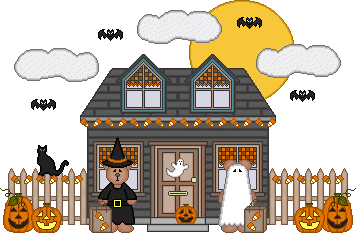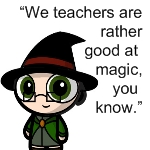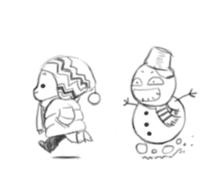Wednesday, 26 November 2008
Labels simple present
Quiz < ----- Click here to download
1st Place: Beatriz and Sam
2nd Place: Adérito and Manuel
Labels quiz
Quiz < ----- Click here to download
1st Place - Beatriz, Inês A. and Sam
2nd Place - Gonçalo G. and Gonçalo A.
Labels quiz
Sunday, 23 November 2008
![]()
Exercise < ----- Click here

glitter-graphics.com
Exercises < ----- Click here
Labels simple present
Wednesday, 19 November 2008

Exercise < ---- Click here to download
Thursday, 6 November 2008
Labels simple present, songs

The Simple Present is frequently used in English. It is also called Present Simple.
1) repeated actions (every day, always, often, sometimes or never)
2) things in general
3) fixed arrangements, scheduled events (e.g. timetable)
4) actions in the present - one follows after the other (first - then, after that)
5) instructions
6) after special verbs, which are normally not used with the Present Progressive (These verbs express states, possessions, feelings etc.) be, believe, belong, hate, hear, like, love, mean, prefer, remain, realize, see, seem, smell, think, understand, want, wish
Exercise < ----- Clicke here to download.
Labels simple present
Wednesday, 5 November 2008
Labels clothes, describing people
Monday, 3 November 2008
Labels present continuous, simple present, songs
We use the infinitive of the verb. In the 3rd person Singular (he, she, it - or a name) we put an -s at the end of the infinitive.
infinitive - 3rd person Singular (he, she, it) infinitive + -s
Affirmative sentences:
I/we/you/they play football.
He/she/it plays football.
NOTE: he, she, it - Do not forget the -s.
Exercise < ----- Click here to download.
Labels simple present

Negatives are formed by adding don't or doesn't before the simple form of the verb.
Exercise < ----- Click here

glitter-graphics.com
Exercise < ----- Click here to download
Labels vocabulary (the house)

glitter-graphics.com
Exercise < ----- Click here to guess their jobs
Labels jobs

A Bandeira da Grã-Bretanha é conhecida como Union Jack. O termo Jack significa um estandarte para ser içado a bordo dos navios, pelo que o termo oficialmente aceite é Union Flag. Remonta a 1801, ano em que a cruz de São Patrício (diagonal vermelha), representando a Irlanda, foi sobreposta à cruz de São Jorge (vermelha) Inglaterra e à cruz de Santo André (diagonal branca sobre fundo azul), Escócia.
Labels flags












